In Michael Kimmel’s Guyland: Where Boys Become Men, Kimmel discusses a “new stage of development” (2:17) he calls “Guyland” where young men attempt to fit into the ideals of hegemonic masculinity and prove, to themselves and other young men, that they are “real men.” In the film, Kimmel exemplifies hegemonic and subordinate masculinities and discusses how they are constructed and reproduced in society and popular culture.
Hegemonic masculinity is the idea of what makes a man a “real man” and Kimmel says this idea “has not changed” despite “our lives hav[ing] changed a lot” (12:57-13:03). Furthermore, as Connell notes, “hegemonic masculinity means the pattern of masculinity which is most honoured, which occupies the position of centrality in a structure of gender relations” (8) and as such, it is a form of masculinity one strives to conform to. According to Kimmel, this pattern of masculinity has “four basic rules” (13:20). The first is “No sissy stuff” (13:35) which means to be a “real man,” one must reject and resist all behaviours or actions deemed feminine or associated with women. As Kimmel states, “your masculinity is the relentless repudiation of the feminine” (14:06). By contrast then, subordinate masculinities are any forms or patterns of masculinities which are feminized.

This “rule” translates into a “fear of not being real men, of being seen as sissies or weak or gay” (18:08) and is reinforced “start[ing] really early in our lives” (18:14). It is reinforced through the policing of others and oneself. If someone calls a boy “siss[y] or weak or gay” (18:08), they are policing and teaching that boy to fear anything feminine and associate masculinity with that which is not feminine. In this way, the boy can then police himself and other boys in similar ways. As Kimmel says, “We learn how to be men by making that mistake once. Make it once and correct yourself, you get a pass. Make it more than once you are in trouble. You are a target” (19:16-19:24). The “mistake” being acting feminine, Kimmel is saying that if you can police yourself and stop yourself in your tracks, so to say, it is okay, but you become a target for other people policing you if you continue to act “unmanly.” In this way, the policing of oneself and others is essential to reproducing hegemonic masculinity and an essential tactic in “Guyland” used to sustain hegemonic masculinity among young men. The following video demonstrates the ways men get policed by examining different things men get told throughout life.
The other “rules of manhood” include “Be a big wheel” (14:13) which means a man is only a man if he has “wealth, power [and] status” (14:32) and one’s manhood is “measure[d] … by the size of [his] paycheck” (14:16). This translates into competitiveness and a ruthless race to the top. Subordinate masculinities, then, are masculinities that do not value wealth and power.
Furthermore, the third “rule” is “Be a sturdy oak” (14:50) which means a man must hide his feelings and not show any weakness or vulnerability to be considered a “real man.” As Kimmel states, “What makes a man a man is that he is reliable in a crisis. What makes him reliable in a crisis is that he resembles an inanimate object” (14:57-15:00). In this way, subordinate masculinities are those which value vulnerability and see strength in sensitivity instead of stoicism.
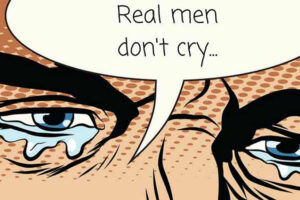
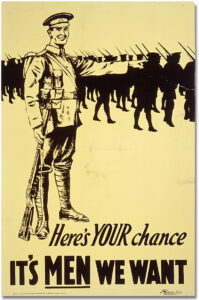
Finally, the fourth “rule” is “Give ‘em hell” (15:32) which means to be a man, according to hegemonic masculinity, one must “Exude an aura of daring and aggression. Live life on the edge. Take risks” (15:37). Clearly, this idea leads to violence and aggression among men, especially towards women and subordinate masculinities. Conversely, subordinate masculinities are those which do not value and promote violence but are egalitarian and strive for peace.
In all, if one can conform to these “rules” or ideals, then he can prove his masculinity. In addition to policing, this concept of manhood, or hegemonic masculinity, is reinforced and reproduced through hazing rituals on college campuses where young men prove their masculinity to other young men through bizarre and often dangerous tactics and rituals (Kimmel). One such ritual is pictured below. This practice of hazing is both created and motivated by hegemonic masculinity and the desire to prove one’s manhood and a way hegemonic masculinity continues to be constructed and literally forced onto young men.
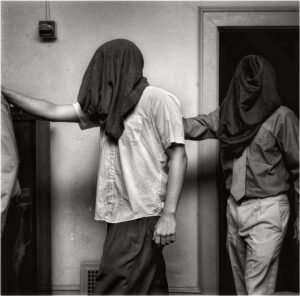
Furthermore, hegemonic masculinity and, by consequence, subordinate masculinities, are constructed and reproduced in popular culture and mass media, especially movies and tv shows. This is exemplified by the film showing clips and references of television and movies where these ideas can be seen.
Additionally, Connell notes that hegemonic masculinity’s “privileged position helps to stabilize the gender order as a whole, especially the social subordination of women” (8). This is exemplified in Kimmel’s film as he characterizes “Guyland” as not only a “desire on the part of men to prove their masculinity” but also “dramatic gender inequality” (32:46-52). This can easily be seen by how in “Guyland,” women occupy a “traditional feminine position” (31:25) and are regarded as inferior as being a “real man” is proving that you are not a woman or feminine in any way. In hegemonic masculinity discourse, the worst thing a man can be called is a slur or name that has a feminine connotation. “Guyland” and hegemonic masculinity in general, teach young men that they are wrong if they act feminine, implying that there is something inherently wrong with femininities and subsequently, women. Thus, if femininity is wrong, subordinating women is not only justified but also the “natural” or “right” order of things. In this way, it is obvious that hegemonic masculinity not only affects men and their perception of themselves and other men but also women and the perception of femininities and leads to continued and sustained gender inequality.
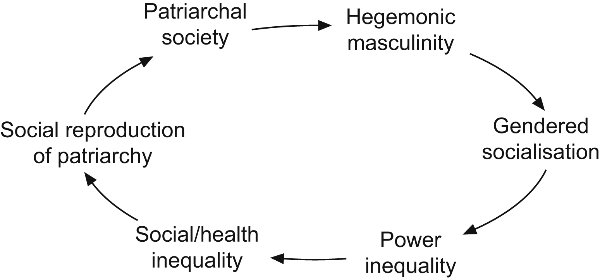
Overall, Kimmel explains that “the three simple words that define Guyland … are “Bros before hos”” (24:49-25:02). This means that within this structure of “Guyland,” which perpetuates hegemonic masculinity and the subordination of women and other, often feminized, forms of masculinity through policing and force, “you get vertical hierarchy and horizontal solidarity in the same moment” (25:34). Easily seen in the examples of hazing rituals, a sense of brotherhood is established in which excluding everyone deemed “not real men,” leads to a sense of solidarity and shared superiority among the “real men” as they sit atop the hierarchy together, above subordinate masculinities, women, and femininities.
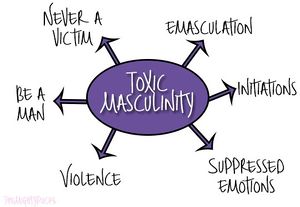
Works Cited
Connell, Raewyn. “The Study of Masculinities.” Qualitative Research Journal, vol. 14, no. 1, 2014, pp. 5-15. ProQuest, http://dx.doi.org/10.1108/QRJ-03-2014-0006.
Kimmel, Michael, creator. Guyland: Where Boys Become Men. Media Education Foundation, 2015. Kanopy.
Attributions
GIF: https://www.demilked.com/toxic-masculinity-luke-humphris/
Video: HuffPost YouTube: https://youtu.be/jk8YmtEJvDc
Image 1: https://www.chrysalisfdn.org/shematters/dealing-with-toxic-masculinity/
Image 2: https://thedisorderofthings.com/2011/04/26/rethinking-masculinity-violence-a-call-for-papers/
Image 4: https://urge.org/redoing-gender-trans-men-and-the-reproduction-of-toxic-masculinity/
Image 5: https://wiki.ubc.ca/GRSJ224/toxic_masculinity